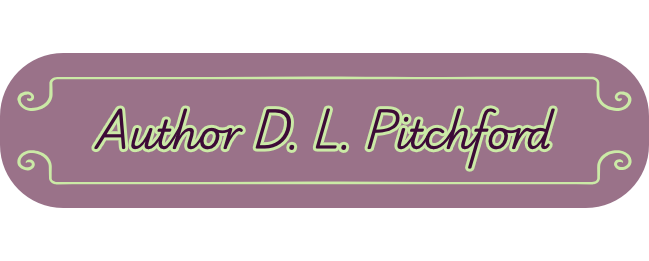Here, you can learn about the process I go through creating a story...
Step #1: The Discovery Draft
The discovery draft is my first step. You know how writers always talk about whether they’re plotters (writers who outline) or pantsers (writers who run by the seat of their pants)?
Well, this is my solution to both plotting and pantsing at the same time.
My discovery draft is a combination of scene and story structure outlines, character profiles and arcs, notes, research, and actual writing. When I get somewhere around half the length of the final book (assuming I have a word count goal in mind) and desperately need to go through and organize my masses of notes, research, and writing, I call it quits and prepare for…
Step #2: The Rough Draft
This is the traditional rough draft. While my discovery draft is organized by a three-act structure, this draft is divided into chapters and written in order.
First, I read over the discovery draft, including all my notes and research, then I write an outline and organize my Scrivener project by chapter. As I write, I keep notes to remind myself of anything I already know will need fixed, and once I’m done, I do a cursory edit (run spell check mostly) and send the manuscript to my critique partner and maybe a couple of my trusted alpha readers.
While they read, I let the manuscript sit and probably work on another project.
Step #3: The Revised Draft
At this point, the book is a hot mess. This draft’s goal is to fix that.
Once I have feedback from my critiquers and betas, I read through the manuscript again myself and make extensive notes on the necessary improvements. There are probably a lot of plot holes and ways I’ve failed to properly implement character arcs and theme emphasis, etc.
I compare my notes to the ones I took while writing the draft and to my betas’ notes, and then I re-outline the book. I don’t rewrite the entire book at this point–instead, I add in missing scenes and rewrite where necessary.
This draft often requires rearranging scenes and sewing the book back together until it’s a gloriously beautiful Frankenstein monster.
Afterward, this goes back to my editor for a developmental edit and to my critique partner and betas for further input.
Step #4: The Final Draft
Assuming the book isn’t complete shit (if it is, I’ll probably repeat the last step, preferably with a break in between), it’s time for the final revisions.
I say that like it doesn’t take fucking forever.
This includes two rounds of line edits, copy edits, formatting, and proofing. The editing during this stage is extensive and rigorous, but that is what morphs the book from an okay story to a well-written, well-executed one. The line edits are actually my favorite part of the entire writing process simply because they are the part that turns the ugly caterpillar into a beautiful butterfly.
Step #4: Publication
When the edits are done, the book is formatted for Mobi and Epub via Scrivener and for paperback via InDesign. Digital ARCs are sent out, and a paperback proof is ordered. There’s usually a few typos that are found during this stage, so after a few quick updates, the proofs are approved, and the book is ready for sale.
Actual publication happens sometime after that. How close that is to when I finish the books really depends on how ahead of schedule I am…most likely, not very.
